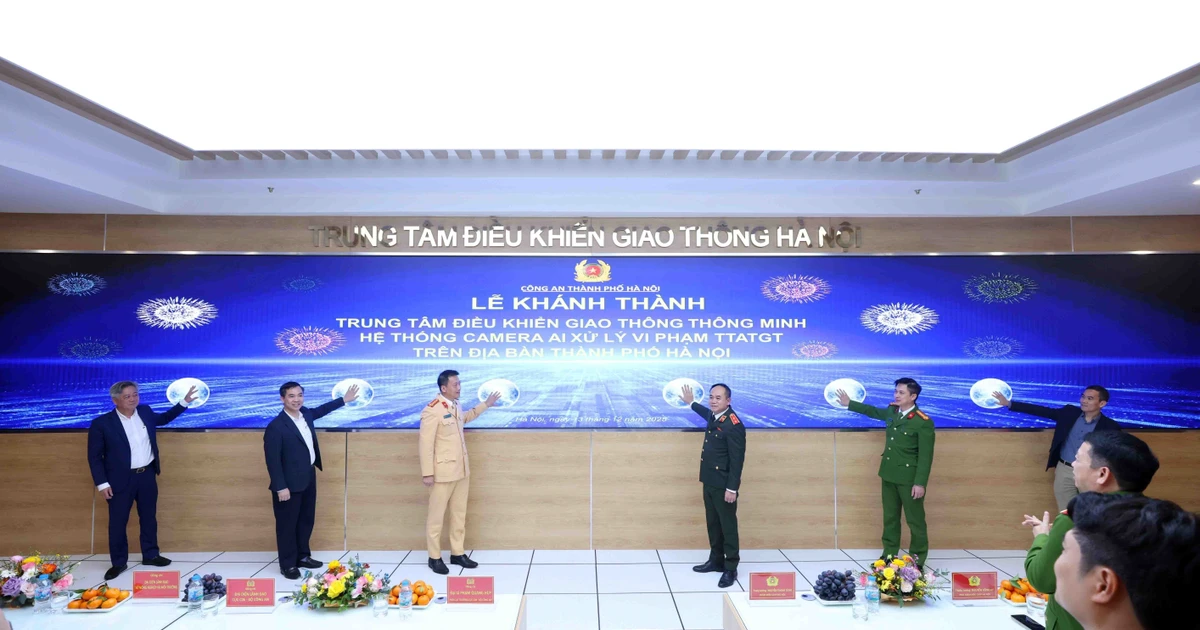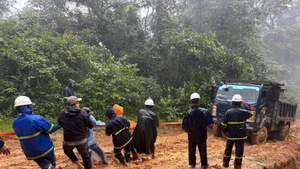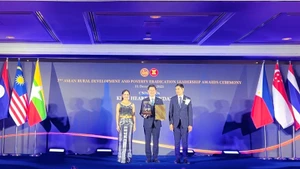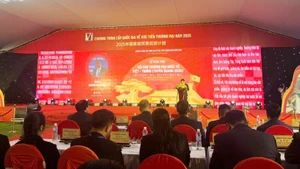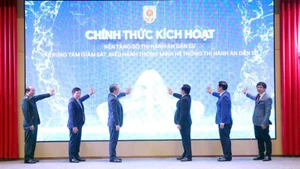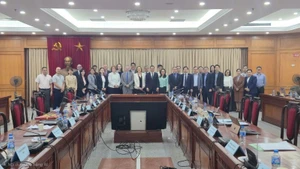From paper-based to digital planning
In the past, urban planning management largely relied on physical documents and paper records, which were difficult to update, search or adjust. These limitations hindered the effectiveness of administration and created barriers for citizens and businesses seeking information.
To improve management efficiency, Binh Dinh Province is stepping up efforts to apply digital technology in urban planning, land administration, and infrastructure oversight. By leveraging an online planning information lookup system based on a Geographic Information System (GIS) platform, the province is making a significant transition from traditional methods to a modern, digitalised system.
With this application, all planning data, from land use, transportation networks, and power supply systems, to street lighting, drainage, green spaces, telecommunications, and environmental impact assessments, is updated onto an online platform, enabling citizens and businesses to access the information anytime, anywhere.
In 2023, the town of Hoai Nhon was selected to pilot the model and achieved encouraging results. The system allowed local authorities to build a complete GIS database specifically for construction planning, in line with technical standards, which in turn improved the speed and accuracy of administrative processes.
Building on this initial success, in 2024, Phu Cat District has continued to implement the model with notable enhancements. The district’s planning lookup system has standardised 46 planning projects, helping the authorities manage and adjust urban development more effectively, while reducing instances of overlapping or inconsistent plans. In addition, over 95,000 entities have been digitised, covering land use plans, technical infrastructure, transportation, green spaces, and communication networks, offering a comprehensive overview of Phu Cat’s urban development landscape.
Nguyen Thi Kim Lien, Deputy Head of the District’s Economic and Infrastructure Division, said that the system not only helps make planning information more transparent, but also boosts the district’s investment appeal. By providing investors with rapid and accurate access to planning data, the decision-making process is expedited, paving the way for economic growth. The official planning lookup portal of Phu Cat District, available at http://quyhoachphucat.ditagis.com, enables residents and businesses to easily search for planning information on any internet-connected device, easing the workload for administrative staff. This marks an important step forward in the digital transformation of public services.
Towards a smart city
Binh Dinh Province has adopted a cloud-based online planning information system, enabling public access without requiring user logins. This user-friendly approach saves time and enhances accessibility. A key advantage of the model is its value to investors, who can now quickly obtain planning data. Instead of visiting administrative offices, they can easily access the online platform to identify potential locations, assess building conditions, and make more informed investment decisions.
Dr Nguyen Huu Ha, Deputy Director of the provincial Department of Science and Technology, said that a roadmap is being developed to gradually expand the system across the province. At the same time, advanced technologies such as 3D GIS and real-time satellite data are being deployed to improve urban management.
This approach allows the province to better monitor urban changes and make more accurate adjustments to planning. Beyond supporting administrative agencies, the system also provides residents with clearer insights into urban development directions, fostering public consensus and cohesion during the planning process.
“To maintain and further develop the system as part of a smart city management model, it is necessary to issue regulations on the updating and use of GIS data to serve construction and technical infrastructure planning in Binh Dinh. This will help establish, maintain and operate a GIS-based database framework for the province’s urban system. In addition, integrating planning data with other data sets, such as population, land use, transportation, environment and construction investment, will ensure a more comprehensive and efficient system,” Dr Ha suggested.
Experts believe that as technology plays an increasingly critical role in urban management, models like Binh Dinh’s online planning system represent a natural progression. Such initiatives will help localities integrate into the digital era and develop more modern and intelligent planning systems.


